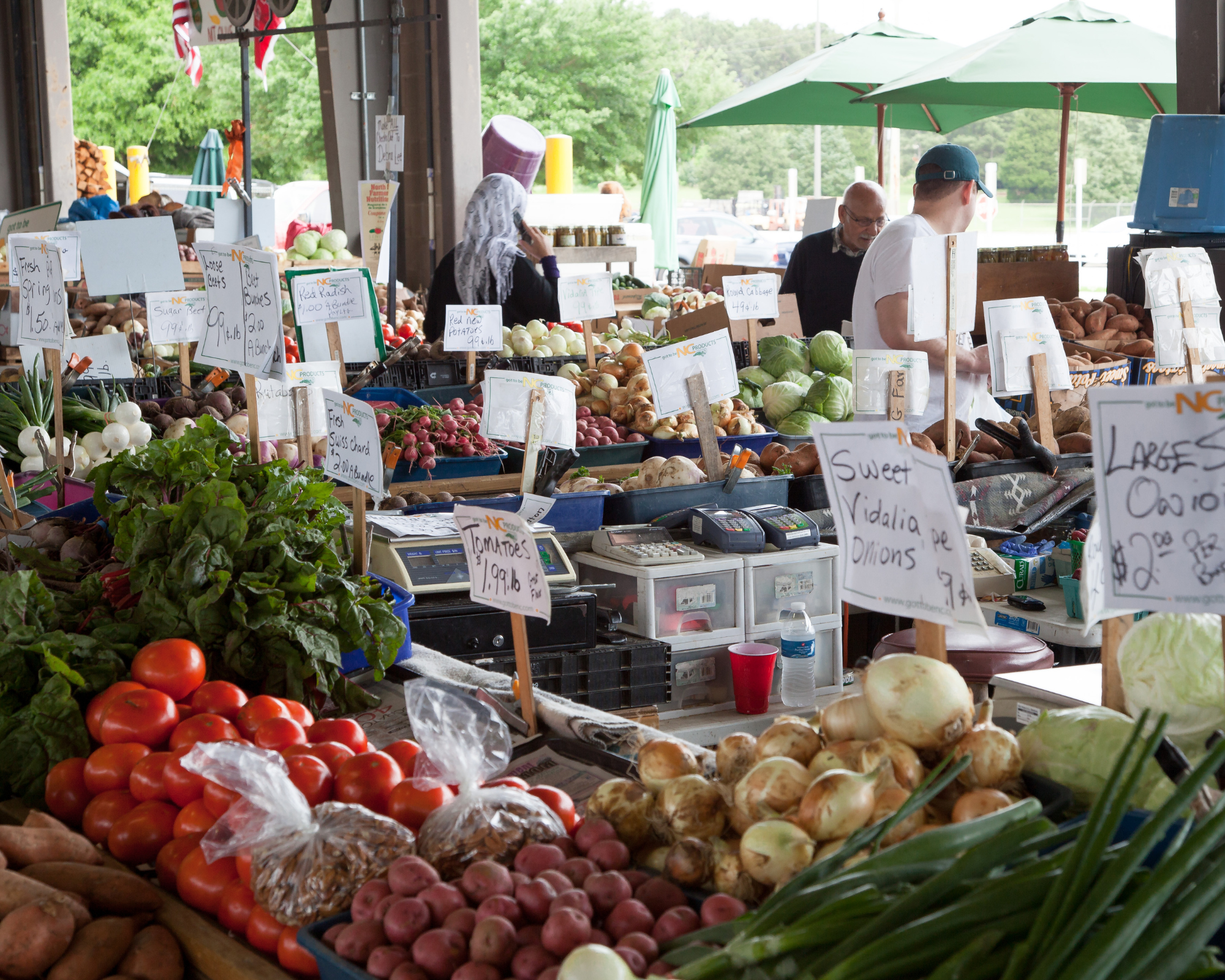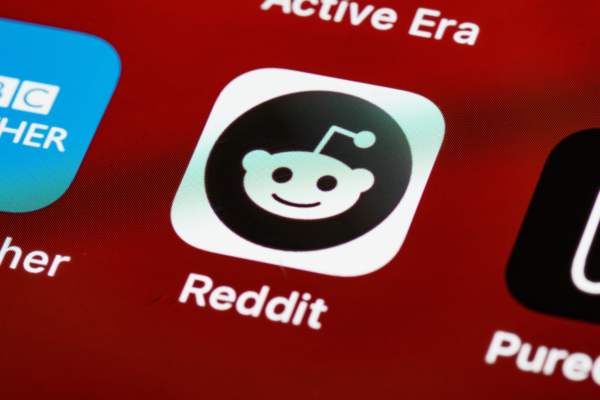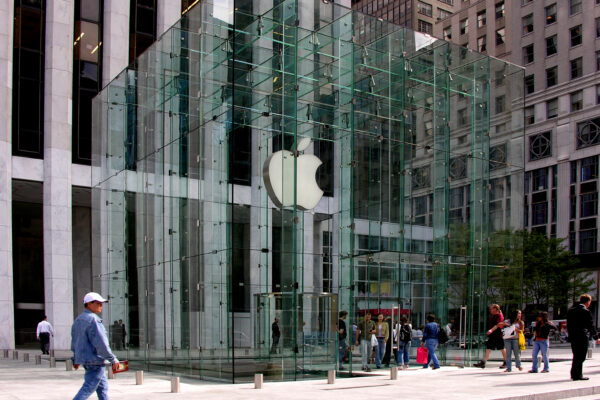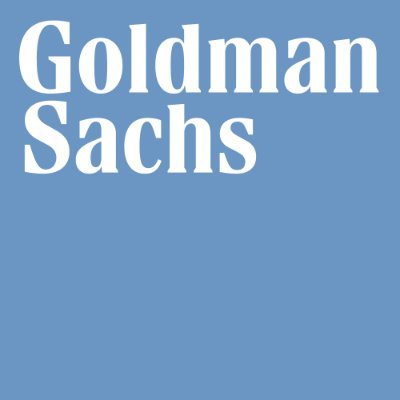The Stock Market’s Connection to Food Insecurity: New York, Los Angeles, and Chicago Insights
Subtitle 1: How Food Insecurity Ripples Through the Stock Market
Food insecurity, a pervasive issue affecting households across the nation, is increasingly demonstrating its substantial influence on the stock market. In this article, we delve into the intricate relationship between food insecurity and market dynamics, examining its implications on investors, corporate sectors, and broader economic trends.
Subtitle 2: The Impact of Food Insecurity on Stock Valuations
In 2021, over 10% of American households faced food insecurity, with 3.8% experiencing very low food security, as reported by government statistics. This article explores the repercussions of food insecurity, highlighting how it initiates a domino effect starting at the household level and eventually reaching the stock market. We’ll also shed light on how companies in different sectors, from food and beverage to healthcare, are affected by this issue.
Subtitle 3: Investor Considerations Amid Food Insecurity
Traditionally, investors focus on fundamental indicators such as P/E ratios and dividend yields. Still, integrating food insecurity data offers an additional layer of risk assessment. Discover how investors can adapt their portfolios based on shifts in food insecurity levels, as well as the regional variations that can impact investment decisions. Moreover, learn how food insecurity can serve as an early warning for economic instability and guide investment strategies accordingly.
Subtitle 4: Playing a Part in the Fight Against Food Insecurity
Governments across the globe employ diverse strategies to combat food insecurity, each tailored to their unique challenges. Explore the role of investors in addressing food insecurity, from allocating resources to influencing corporate practices and public policies. Learn how conscious investment choices can make a significant difference, aligning with companies committed to reducing food insecurity through CSR programs.
Subtitle 5: The Economic Ramifications of Food Insecurity
Uncover how food insecurity reduces consumer spending, contributing to lower economic growth. Additionally, we’ll examine the public costs of addressing health and educational disparities stemming from food insecurity, which can further impact the economy. This section will offer insights into the areas most affected by food insecurity, both in the United States and around the world, including New York, Los Angeles, and Chicago.
Subtitle 6: Food Insecurity’s Impact on the Workforce
Food insecurity has a profound effect on the workforce, leading to health issues and decreased productivity among employees. Learn how these challenges affect individuals and the overall economic output. We’ll explore the connection between inadequate nutrition and reduced worker performance, resulting in decreased productivity.
Subtitle 7: The U.S. Struggle with Food Insecurity
Despite its status as a wealthy nation, the United States grapples with food insecurity due to income disparities, structural inequalities, and insufficient social safety nets. We’ll delve into the official statistics that reveal the extent of the problem, affecting tens of millions of Americans, including those in New York, Los Angeles, and Chicago. Furthermore, we’ll discuss the government’s efforts to address this issue, particularly during the COVID-19 pandemic, and analyze the limitations of programs like SNAP.
Subtitle 8: Concluding Thoughts – Bridging the Gap
Food insecurity is a pervasive issue with far-reaching implications, even extending its influence to the stock market. By understanding this intricate connection, investors can make more informed decisions and contribute to solutions aimed at alleviating this pressing problem. The complexities of food insecurity demand multifaceted solutions, encompassing not only food assistance but also broader economic and social reforms, impacting regions like New York, Los Angeles, and Chicago.











